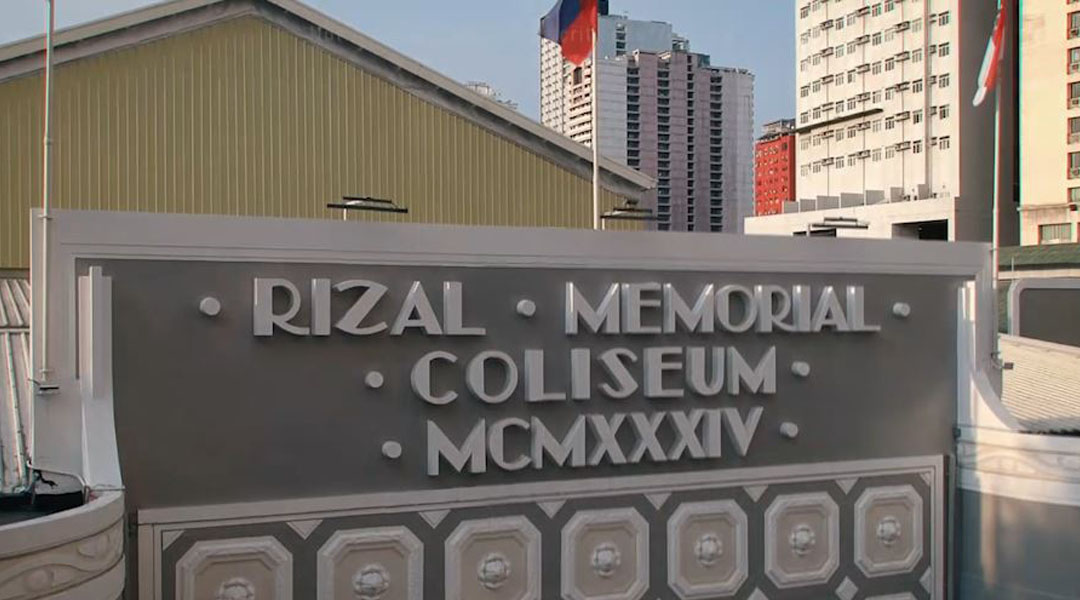
Rizal Revival: Docu Lico’s latest architectural documentary premieres June 30
“Educational, historic, and timely,” renowned architect, art historian, heritage conservationist, and Docu Lico host Gerard Lico says, describing his latest documentary, Rizal Revival. On the eve of the documentary film’s online premiere, BluPrint exchanged emails with the architect and his team to discuss what would be a compelling chronicling of the Rizal Memorial Coliseum’s rebirth as an architectural, civic, and cultural landmark of the Philippines.
“The film is educational because at the end of the day, the documentary is meant to educate the people—young people, especially—about how conservation is done, and how it can benefit communities,” Lico explains. “It is historic because this documentary is a pioneering work in Philippine cinema and architectural discourse. This is the first Filipino documentary on conservation that covers the conservation process itself, its history, and its post-conservation life. It is timely because now more than ever, our heritage buildings are at risk. This film shows that there is hope, and that by working together, people can ensure the building remains relevant, beloved, and is passed on to future generations.”
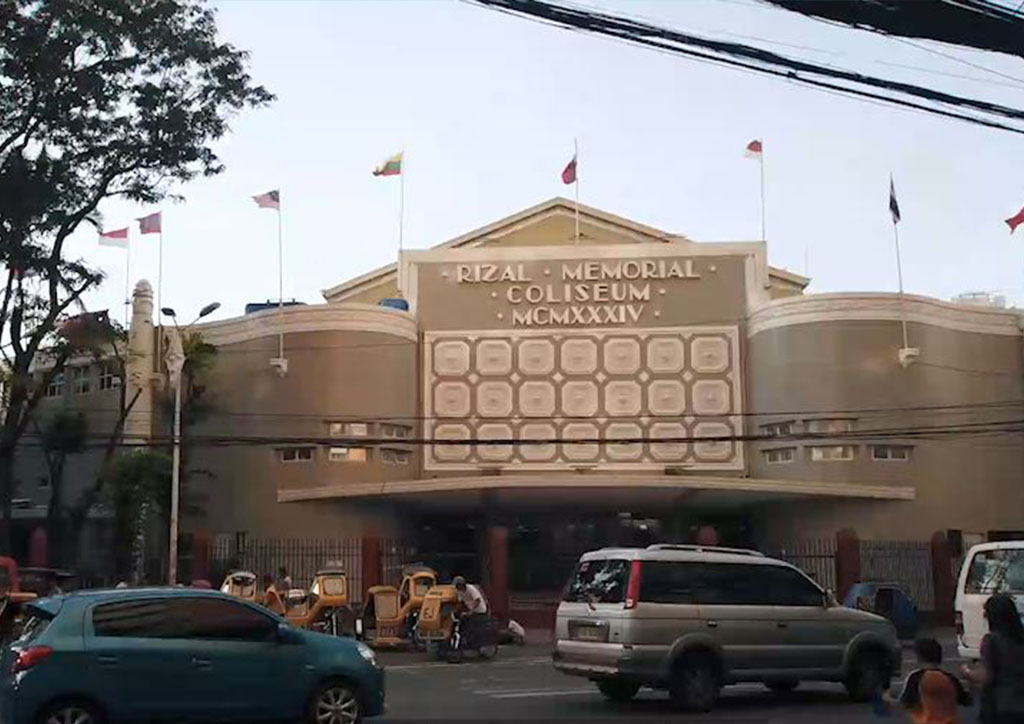

In an article published on BluPrint last February, Lico underscored the importance of continuous activation of heritage buildings such as the Rizal Memorial Coliseum (formerly known as Rizal Memorial Tennis Stadium). Lico shared with pride that the sports facility, after the SEA Games 2019, has been booked for the year. However, with the onslaught of the novel coronavirus worldwide, the Art Deco sports facility became more than a place for sports and entertainment. To help augment the bed capacity of hospitals tending to COVID-19 patients in Metro Manila, the Philippine government converted the Rizal Memorial Coliseum along with the Ninoy Aquino Basketball Stadium into quarantine facilities.

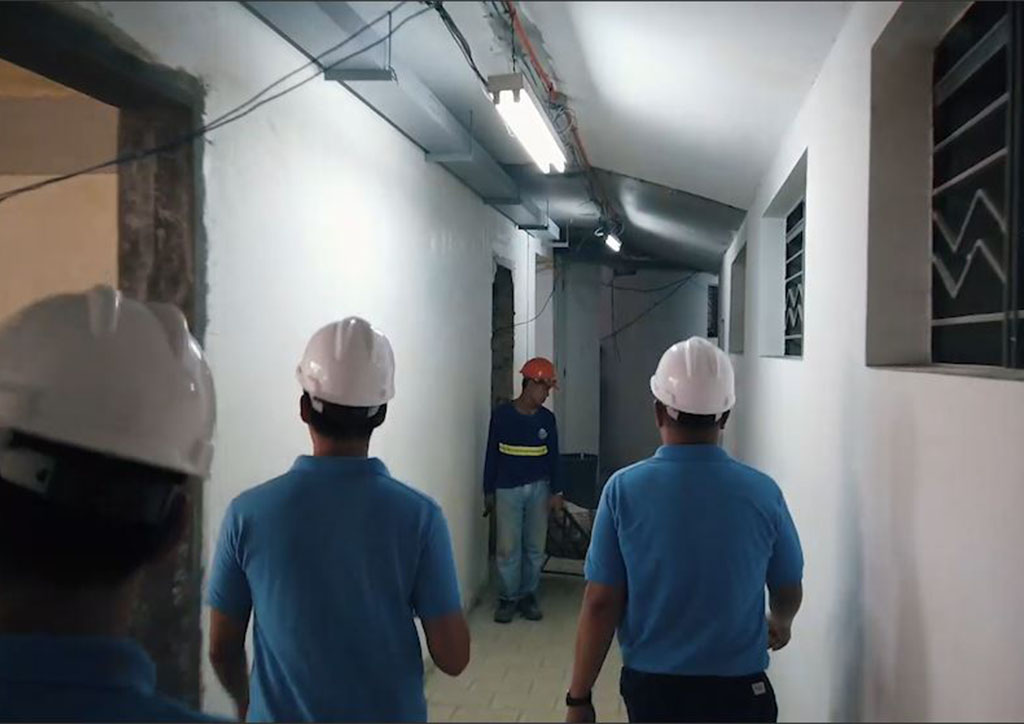
READ MORE: Ninoy Aquino Stadium to operate as a COVID-19 quarantine facility
“The most challenging part of producing this film is not knowing how it ends until it actually ended. In November 2019, at the reopening of the Rizal Coliseum for the SEA Games, we had no idea that in May the following year, it would be used as a COVID-19 quarantine facility! Absolutely no idea,” shares Lico. “We actually began filming, intending to document the inner workings of the rehabilitation project as a series of short episodes. But as the story unfolded, the rush, the drama, the intense media attention, the glorious reopening, the pandemic—we just kept filming.”
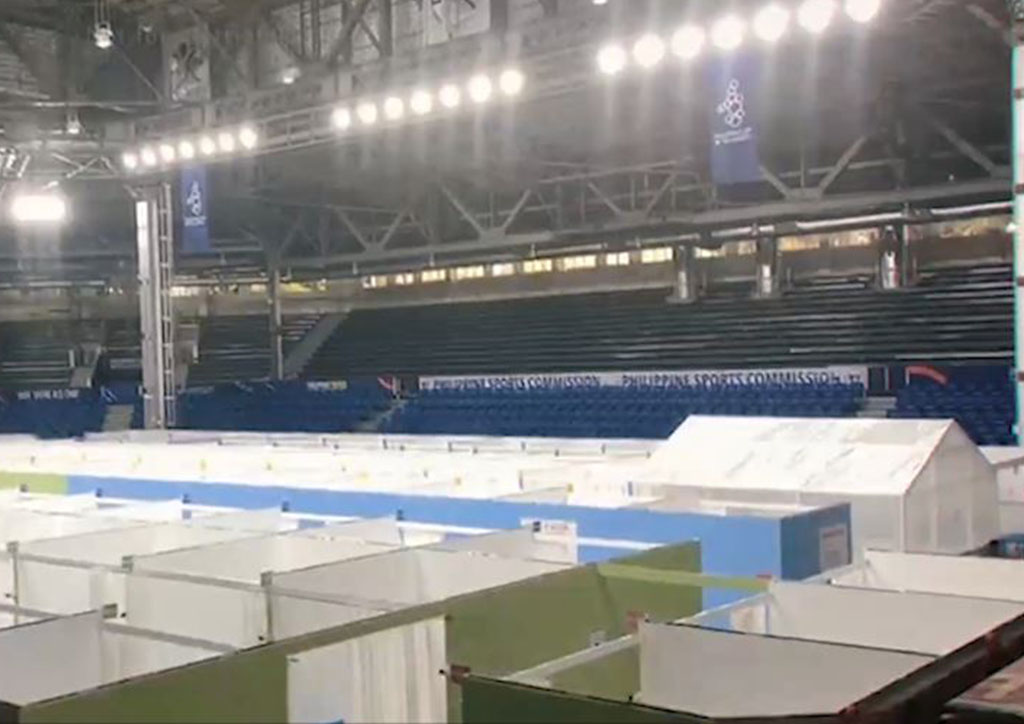
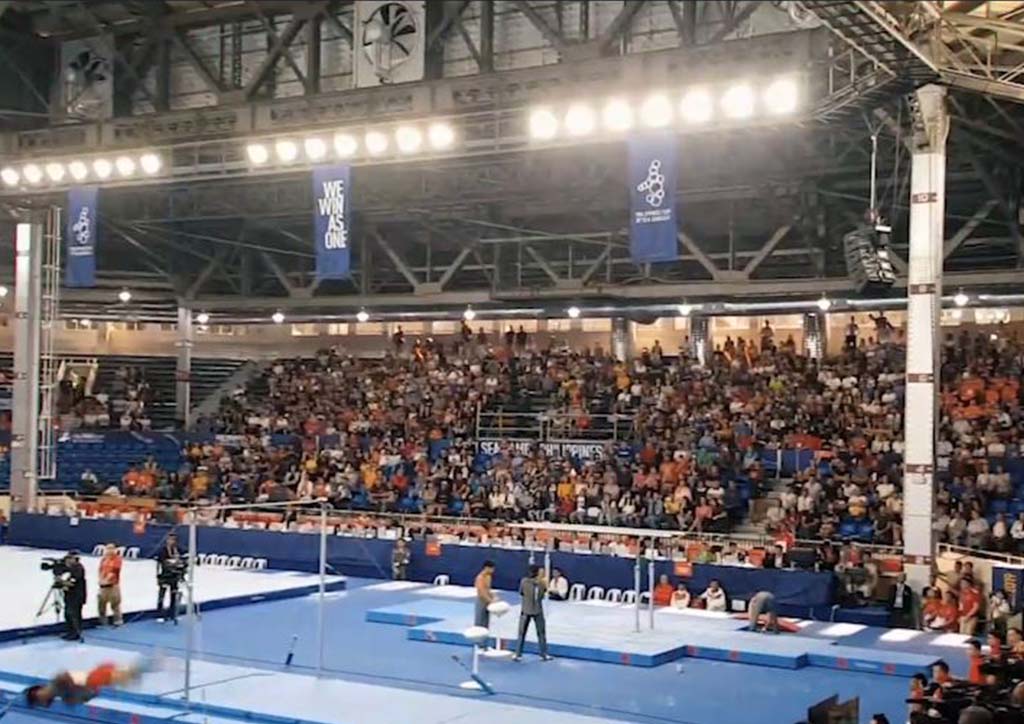
As a professor at the College of Architecture at the University of the Philippines (UP) Diliman, and a conservation professional and designer of institutional buildings, Lico has been documenting and researching architecture in the Philippines. Some of his works are published in magazines and books, and more recently on Docu Lico. “It’s an excellent way of documenting heritage—especially in a complex operation such as in the Rizal Coliseum,” Lico says when asked about his learnings from documenting and renovating the indoor sporting arena. “It is an invaluable resource for future rehabilitation or restoration projects, as the continuous documentation reveals conservation methods, interventions, and intentions that would otherwise be lost to time, deterioration, or memory. We never imagined we would produce this feature-length documentary. Buti nalang kuha kami nang kuha from the get-go.”
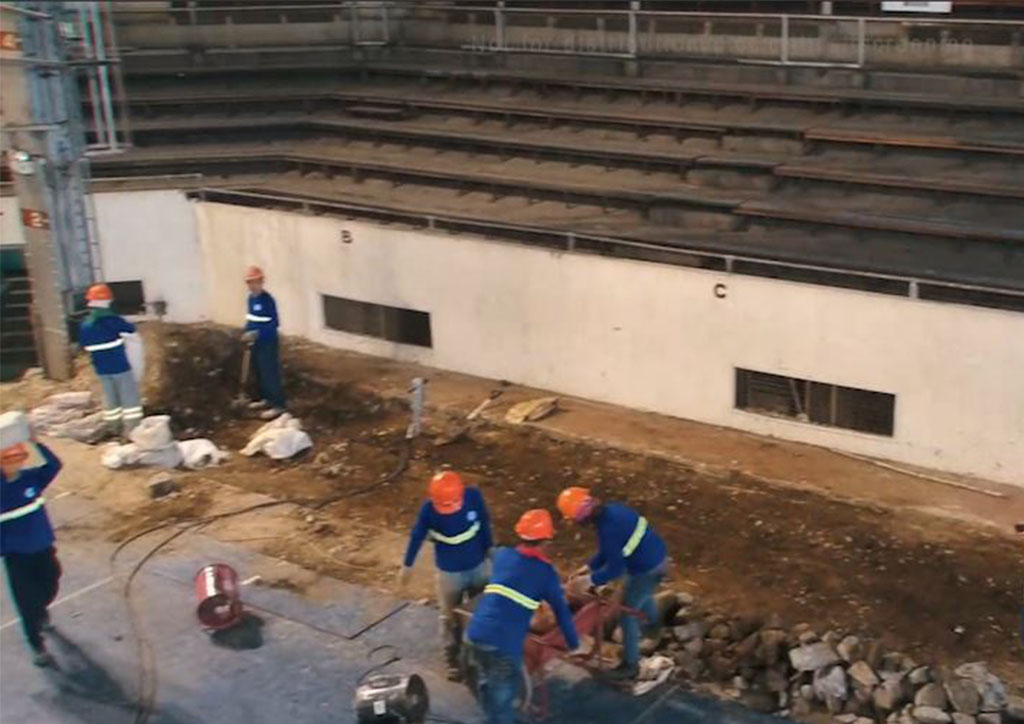
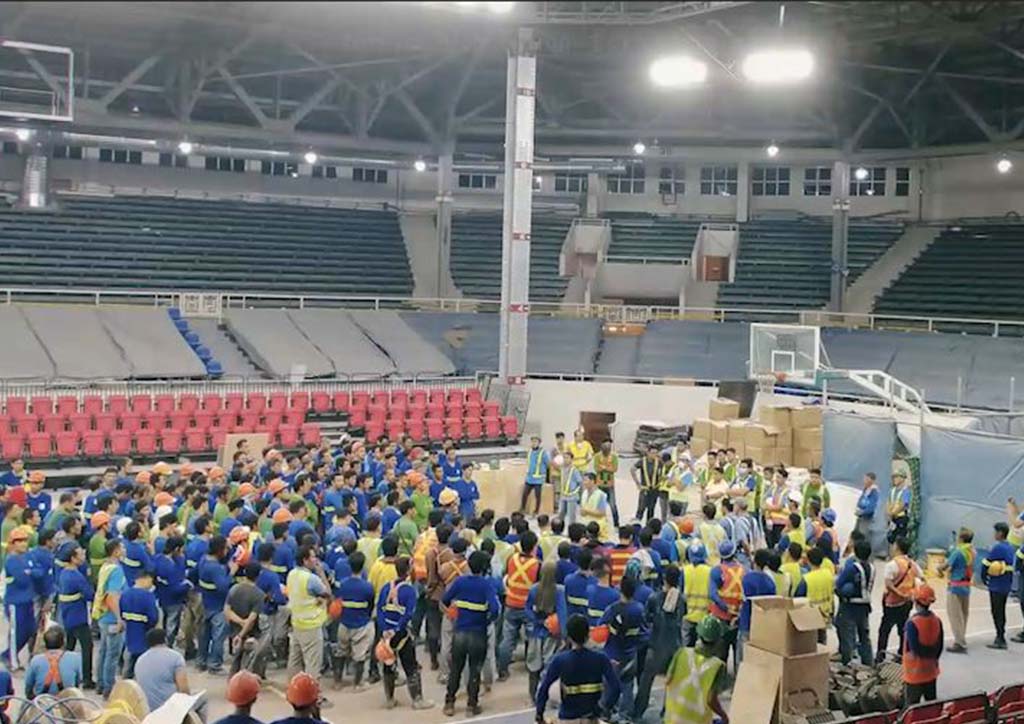
YOU MIGHT LIKE: Dominic Galicia notes on the Manila Central Post Office
Although BluPrint previously featured two heritage buildings through Notes on a Building, documentary films on Philippine architecture remain limited, especially those of the heritage buildings, which are always in the brink of demolition. Through Rizal Revival, however, Lico aims to encourage not only the architects and the government but also the citizens to take part in the preservation of our built heritage. “The most important aspect in creating a heritage documentary is the people who take part in it. Buildings are not simply collectible objects for admiration. Buildings come alive when it serves a purpose, people enjoy it, and when it is ingrained into the collective memory,” Lico explains. “I want people to be involved in their heritage. It should not be left to government agencies alone. People should develop a sense of ownership of their heritage—especially those in plain sight. In taking ownership of these places, communities come together and the buildings are protected and live on physically—and are immortalized in memory.”
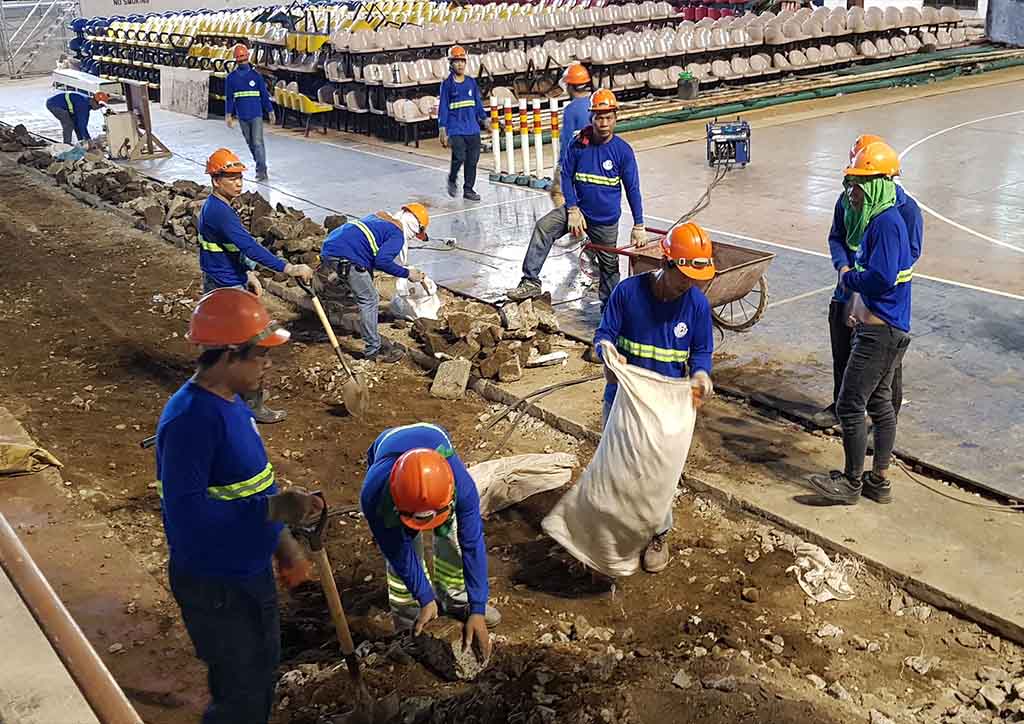
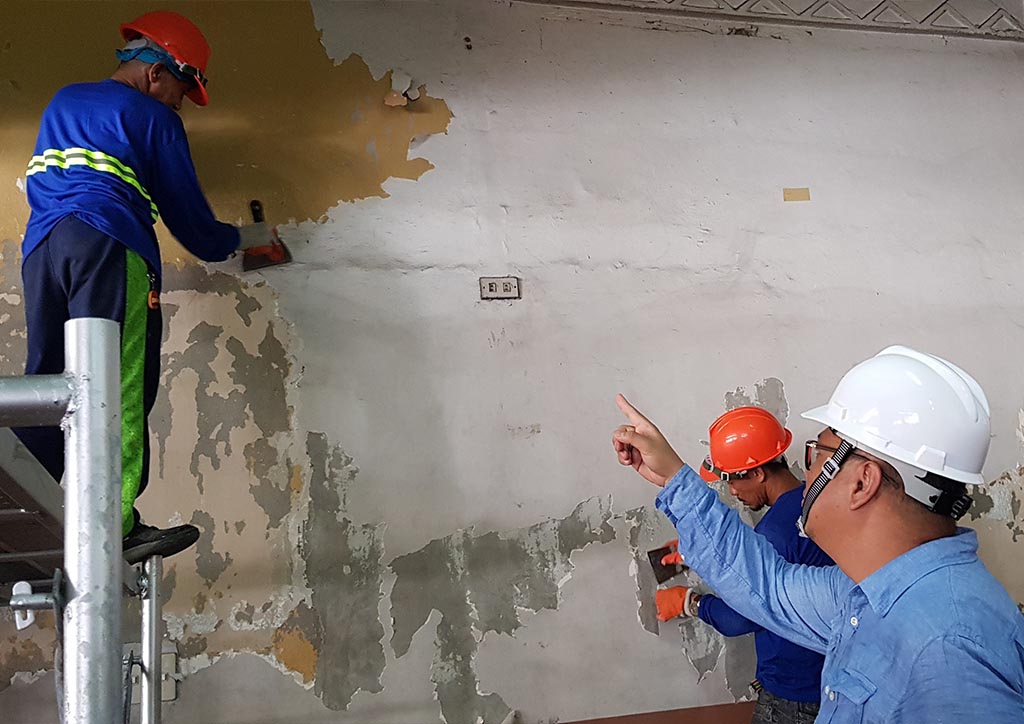
According to Lico, architecture serves as “inhabited relics,” and documenting these buildings through time, space, and the society that surrounds it, “gives us perspective” and “allows future generations to appreciate the building: both from their present context, and how it was experienced and enjoyed by people then. It therefore allows us to understand the building’s significance.” He shares that the people involved in the Rizal Revival project—engineers, researchers, designers, and architects—are all mostly in their 20s and 30s. “This shows how much the youth care for and appreciate their pamana when given the opportunity to be involved,” the architect says.
Lico concludes, “I am excited for people to see the stories of the colorful cast of interviewees who shared their experiences with the Rizal Coliseum. Even we were surprised with the things we discovered through their stories.”


Rizal Revival premieres tomorrow, 30 June 2020, at 8:00 PM (UTC +8), on the Docu Lico Facebook page. Docu Lico, launched May 2019, is a non-profit educational web channel devoted to students and professionals of architecture and allied arts.


